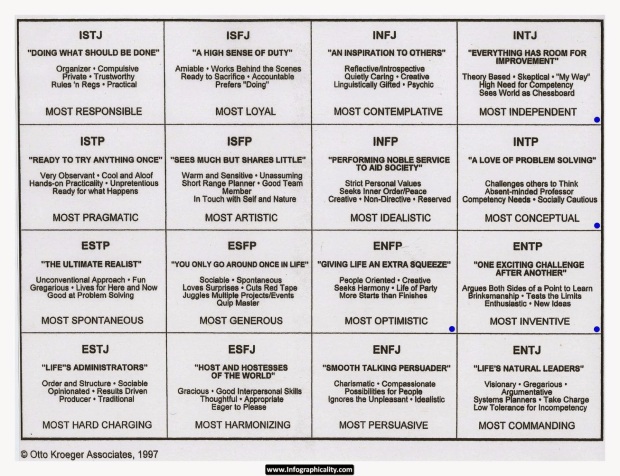or
Know Where You’re Going and When You’ll Get There!
Successful writers, those who can earn money with their published works, have very specific goals with realistic deadlines. This is true for all small business owners and that is exactly what professional writers are. It is vital for their brand that product flows on a regular basis, even if that regular basis is only two novels a year.
Not only do goal schedules keep writers organized on a specific track but writers work faster when deadlines loom on the foreseeable horizon. When a first draft is due at month’s end a writer can crank out a lot of clean words (clean by first draft standards) in a short period of time, and then begin the final edit of another project
The best goal schedule system of course depends on the individual writer. For some daily, weekly, and monthly goals keep them on task. For others this feels too constrictive and stressful so they may rely exclusively on quarterly goals. It is important to experiment, and know that it is possible for the best goal system to vary depending on the specific project at hand. The goal is to stay focused and motivated, not stressed out worrying about how a bad week or month looks on a calendar.
For people with Asperger’s, due to ADHD (Attention Deficit Hyperactive Disorder), and special interests that can shift as swiftly and complete as the dunes of the Sahara, a combination of goals will often be needed to sustain proper focus. A comprehensive daily or weekly checklist of goals will help keep Aspie writers organized on their writing track regardless of what life distractions pop up.
ADHD Aside: I often have multiple simultaneous projects going. Without daily goals I would focus on one writing task so completely that I’d forget the others even exist. That is why I started my daily goals to begin with. For instance, I’m editing one novel, preparing the outline for the edited book’s sequel for NaNoWriMo (National Novel Writing Month), as well as writing a short story set in the same universe. Then there is this blog whose articles will one day grow up to be a real book in its own right. I would often get lost without my daily goals written out in a weekly calendar in my Midori (this is an informative link about what a Midori is not a product endorsement as my wife makes mine from scratch). Without my quarterly goals I would lose focus of what my daily goals are building toward.
The writer’s worst enemy is doubt and discouraged motivation which are easy traps to slip into after a schedule murdering emergency. Realistic goals also help fight this situation. Momentum is easy to lose after an illness or a holiday interruption but looking over completed goals stretched out over weeks, months, and even years reminds writers how much they have already accomplished and that not to return to an interrupted projects would be to waste a massive amount of spent energy and invested life.
There are five options for goal deadlines; daily, weekly, monthly, quarterly, and yearly. Each has strengths and weaknesses depending on the project and writer. What works for one may drive another into a crippling case of writer’s block. Always remember, this is a tool to help. There should be no sense of failure when one goal schedule method does not work so long as another is tried.
For people who treat big projects like eating an elephant, one small bite at a time, it may be easier for them to start with small obtainable daily goals and from there form weekly or quarterly goals. For big picture people, starting at the end of a project with yearly goals and then working backwards by breaking it into smaller chunks may be the best approach.
Large goals also help with coordination of projects. Starting with yearly goals and then breaking them down into quarterly goals can help combine active projects to maximize creativity and release dates. For example, let’s say an author wants to write a WWII superhero short story to publish in January while revising a fantasy novel set in a different universe set to come out around the same time. Writing the project deadlines out on a yearly goal calendar makes it easy to see six months out that a short story set in the same fantasy universe as the novel would be a better tool for directing readers toward the novel. Or for writers who need variety this would be a good tool to prevent burnout by intentionally staggering books set in different literary universes.
Public Humiliation as Motivator
No one wants others to know they failed and this is triply true for business owners when clients are involved. That is why it is vital for professional writers to make their goals public to their primary clients, the readers. It is too easy to ignore a deadline list if only one person has seen it. But if everyone knows about the goals, if it is presented as a written promise to readers and peers, then the writer will treat their writing more as a workplace obligation than a hobby to be pulled out on rainy Saturdays for recreation.
Once those goals are out there they becomes carved in digital ones-and-zeroes for the world to judge. Public goals can be altered but not without reader irritation so it is vital to keep the goals obtainable and realistic. Fans are generally forgiving of delays and alterations outside the writer’s control. They would rather wait a few month for a better story than a poorly edited one on time, so long as delays are few and far between. But a writer who promises to publish five novels in a year, and secretly does not even have a first draft completed on any of them, will look like a fool at year’s end and alienate loyal readers.
ADHD Aside: People say shoot for the stars and you may hit the moon, but think about how many satellites and Mars probes have became billions of dollars of space litter due to ability overreach. I’d rather plan for the moon and maybe take an extra couple of months to get there than aim for Alpha Centauri and end up splattered across the Sea of Tranquility, thank you very much.
Also, fans will be able to follow the progression of the next book in the series they love as well as other upcoming works like short stories featuring their favorite characters or set in the same universe. Readers will be more likely to emotionally invest in a series if they are certain new volumes are forthcoming.
This article is about personal deadlines during the writing process, not the publication process. There is a difference between a public goal in July stating “I plan on this novel’s final edit to be in January” and a publication promise of “I will have this novel on Amazon in January.” A goal is an important guideline for finishing a product, but release dates are sacrosanct. Think of release dates as wedding dates. You can change it but odds are not very many people will show up when it’s time to celebrate and those who do probably won’t be bringing gifts.
New writers have a sense of hesitance in openly discuss the projects they are currently working on. It feels like walking naked in front of strangers in a bad way. However this exposure of self helps tear down mental walls in writers. A person who will be honest of the stories they are crafting, how long they expect it to take, and then of life events that made meeting the goals public will write more honestly with their fiction. It conditions the writer to be honest about emotion and detail, and that is always a great thing.
I intended to publish my written goals on November 1st. While that is when my writing year starts and my goals are written out for me to see I unfortunately will not have time to publish them until after NaNoWriMo.
Image courtesy of www.calendarlabs.com
© 2016 Glenn Hawkins. All Rights Reserved.






